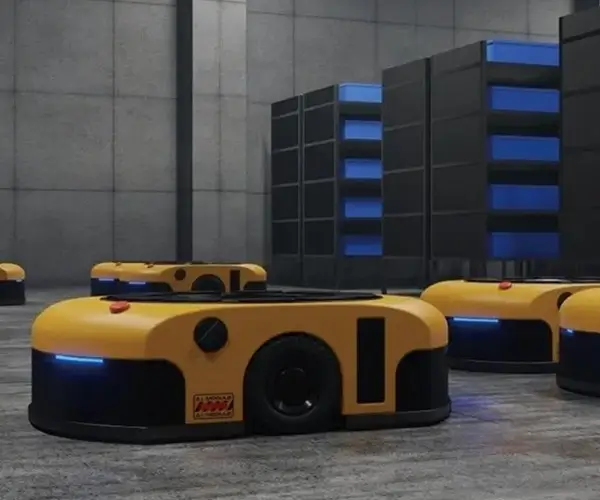Unlocking the Future of Robotics: Building a Robotic Arm Using Arduino and Servo Motors
Imagine a robot arm, delicately picking up objects, assembling tiny components, or even assisting in daily chores. Now, picture yourself creating such an impressive device from scratch, guided only by a simple microcontroller and some smart mechanical components. Building a robotic arm using Arduino and servo motors is not just a project—it's a gateway to understanding the fascinating world of robotics, automation, and creative engineering.

Why Choose Arduino and Servo Motors?
Arduino, an open-source microcontroller platform, has revolutionized hobbyist electronics. Its accessibility, affordability, and vast community of enthusiasts make it ideal for beginners yet powerful enough for complex projects. Servo motors, on the other hand, are compact, precise, and easy to control, making them the perfect choice for articulating joints in a robotic arm.
These components together empower users to craft a robotic limb capable of multiple degrees of freedom—rotation, elevation, and gripping. What's more, their modular nature allows for customization, making it an exciting DIY adventure for students, hobbyists, educators, or anyone eager to delve into robotics.
Understanding the Core Components
Arduino Microcontroller: Acts as the brain of the robotic arm, executing code to control movements. Servo Motors: Actuators responsible for moving the arm's joints with precision. Power Supply: Provides consistent voltage and current to the system. Structural Frame: Usually built with lightweight materials like aluminum, plastic, or even 3D-printed parts. Control Interface: Can range from simple potentiometers and buttons to advanced systems like Bluetooth modules or Wi-Fi.
Designing Your Robotic Arm: From Concept to Creation
Starting with a design plan is crucial. Think about the range of motion you want—the number of joints, degrees of freedom, and what the arm should accomplish. For beginners, a basic 3-DOF (Degrees of Freedom) arm—shoulder, elbow, and wrist—is manageable and educational.
Sketch your idea, considering the size and reach, and select appropriate components. Once the design is solid, proceed with building the frame, installing servo motors at strategic joints, and wiring everything according to your schematic.
Programming the Motion: Bringing Your Robo-Arm to Life
After assembly, the next step is coding. Arduino uses C/C++ based sketches, and controlling servos involves setting their angle positions via PWM signals. A typical control loop involves:
Defining variables for joint angles. Reading inputs from your control interface. Calculating the required motor positions. Sending commands to servo motors to achieve desired positions.
Libraries like Servo.h simplify servo control, enabling you to focus on motion logic rather than low-level motor control.
Enhancing Functionality: Sensors and Feedback
To make your robotic arm smarter and more adaptable, consider integrating sensors. Limit switches can prevent mechanical overreach, while potentiometers, encoders, or distance sensors can provide feedback for more precise positioning.
Automation extends beyond basic movement—programmable routines, object recognition via cameras, or remote control over Wi-Fi or Bluetooth can be added as you gain confidence and experience.
Safety First
Remember, working with motors and electronics involves risks. Always ensure your power supply is well regulated, wires are safely insulated, and moving parts are shielded to prevent injury.
Engage and Innovate
Building a robotic arm is more than just a technical project—it's a playground for innovation. You can customize grip mechanisms, add end effectors, or even create collaborative projects with others. As you refine your skills, the possibilities expand infinitely.
In the next part, we'll explore advanced control techniques, real-world applications, troubleshooting tips, and future trends in robotic arm development. So, stay tuned for a journey into the cutting edge of DIY robotics.
Established in 2005, Kpower has been dedicated to a professional compact motion unit manufacturer, headquartered in Dongguan, Guangdong Province, China.




































